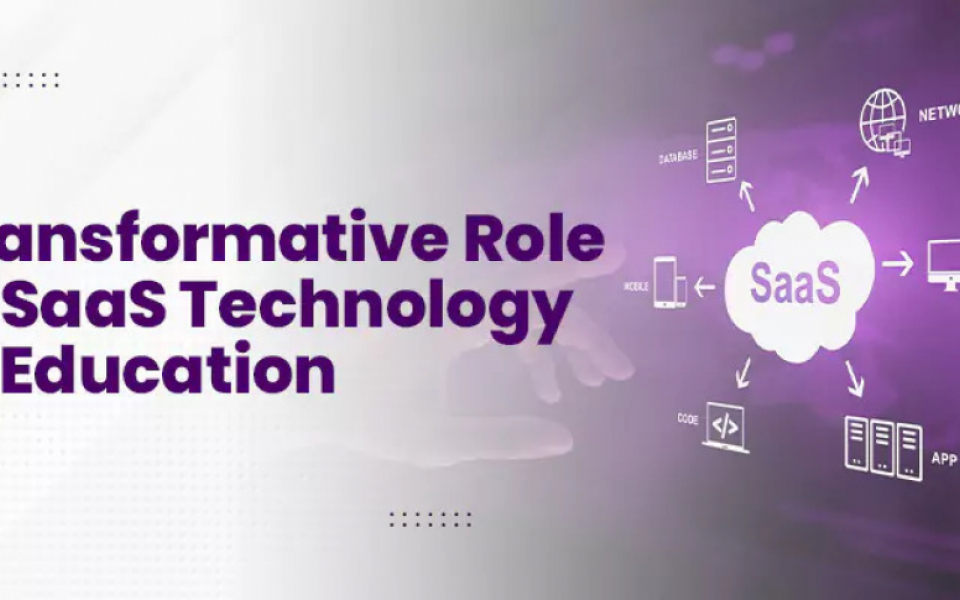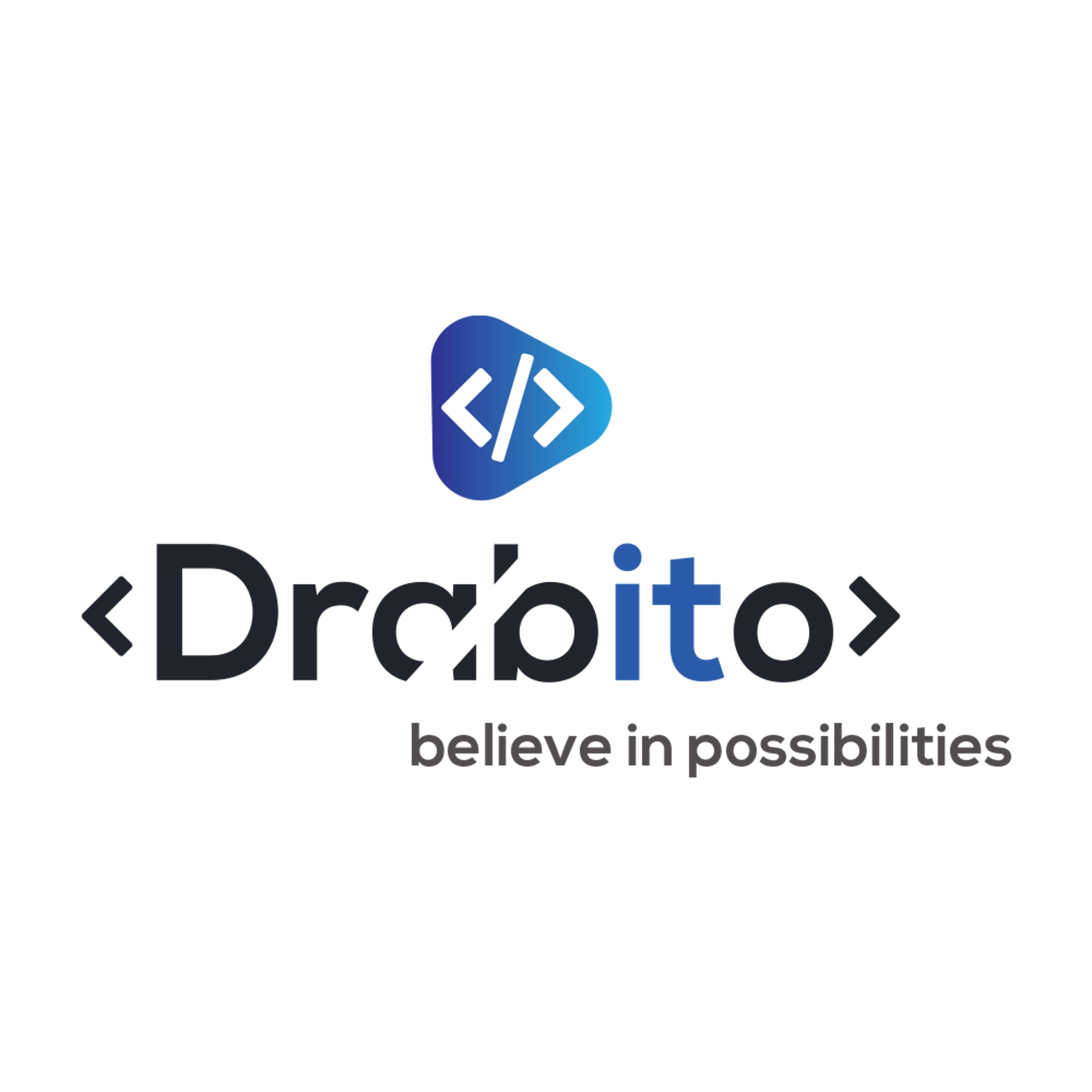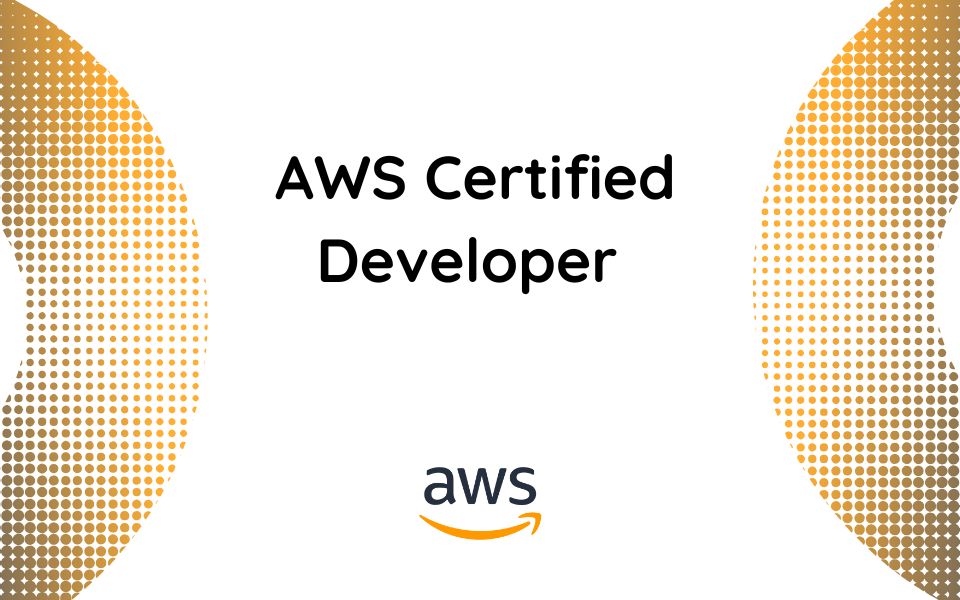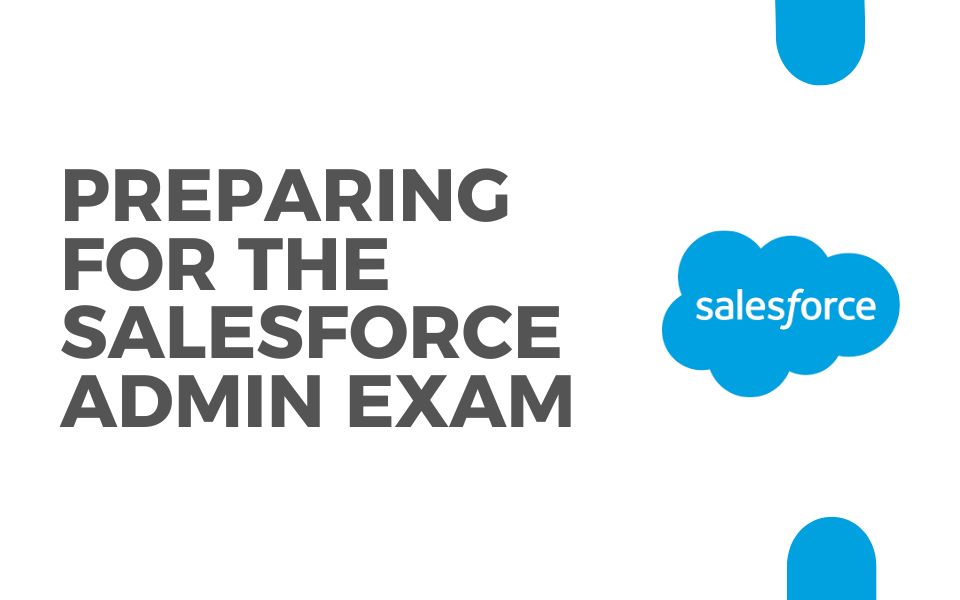In the bustling confines of a classroom, imagine a scene alive with the hum of collaboration, where students, united in purpose, delve into a virtual project, accessing a vast realm of knowledge at their fingertips. This vibrant tableau vividly illustrates the transformative prowess of Software as a Service (SaaS) within the realm of education. Here, technology serves not merely as a tool, but as a catalyst for igniting curiosity, fostering creativity, and nurturing collaboration. In an epoch defined by the relentless march of technological progress, SaaS emerges as a guiding light of innovation, fundamentally reshaping the landscape of education, and revolutionizing how educators teach and students learn. Embark with us on a journey to delve into the profound impact of SaaS in education, unravelling its significance, navigating through challenges, and witnessing firsthand its extraordinary influence on the lives of students.
The Significance of SaaS in Education
Before delving into the intricacies of SaaS, it is imperative to grasp the broader significance of technology in education. Technology has heralded a paradigm shift in education, endowing it with innovative tools and resources that enrich the teaching and learning experience in manifold ways. Herein lies the crux of why technology holds such immense importance in education.
Importance of SaaS Technology in Education
Among the myriad technological advancements, Software as a Service (SaaS) stands out as a transformative force, revolutionizing the operational landscape of educational institutions. From fostering collaboration to streamlining administrative tasks, SaaS technology offers a plethora of benefits for educators, students, and administrators alike. Here are seven compelling reasons elucidating why SaaS technology is indispensable in education:
- Accessibility Across Boundaries: A cornerstone of SaaS technology in education is its unparalleled accessibility. With SaaS applications, students and educators can seamlessly access learning materials, assignments, and collaborative tools from any internet-enabled device, transcending the constraints of physical boundaries and temporal limitations.
- Cost-Effectiveness: Traditional software installations often entail exorbitant upfront costs and ongoing maintenance expenses. Conversely, SaaS operates on a subscription-based model, obviating the need for substantial initial investments. This allows educational institutions to allocate resources more efficiently, redirecting funds towards improving teaching quality and bolstering student support services.
- Scalability and Flexibility: Educational institutions encounter fluctuating demands throughout the academic year, necessitating scalability as a paramount consideration. SaaS solutions offer unparalleled scalability, enabling institutions to adjust usage levels based on current requirements seamlessly. Whether accommodating a sudden surge in student enrollment or scaling down during academic hiatuses, SaaS technology in affords the flexibility to adapt without disruption.
- Enhanced Collaboration: Collaboration lies at the heart of effective learning. SaaS applications facilitate collaborative learning environments by furnishing tools for real-time communication, document sharing, and group collaboration. Whether embarking on a group project or engaging in a virtual classroom discourse, SaaS platforms empower students and educators to collaborate effortlessly, thereby fostering engagement and knowledge exchange.
- Streamlined Administrative Processes: Administrative tasks can often prove to be a laborious endeavor for educators and administrators alike. SaaS technology automates various administrative processes, such as student enrollment, grading, and attendance tracking, streamlining workflows and alleviating manual workload. By liberating time previously consumed by administrative tasks, educators can devote more attention to personalized instruction and student support.
- Data Security and Privacy: Safeguarding sensitive student data assumes paramount importance in the digital age. SaaS providers adhere to stringent security standards, implementing robust encryption protocols and data protection measures to fortify confidential information. Additionally, SaaS platforms boast built-in backup and disaster recovery mechanisms, ensuring data integrity and continuity in the face of unforeseen contingencies.
- Continuous Updates and Innovation: The dynamism of SaaS technology thrives on innovation, with providers regularly rolling out updates and new features to augment functionality and user experience. Educational institutions stand to benefit from access to the latest advancements sans the hassle of manual software updates or installations. This ensures that educators and students alike have access to cutting-edge tools and resources, facilitating their learning journey effectively.
Trends in SaaS Technology in Education
- Personalized Learning Platforms: These platforms are revolutionizing the educational landscape by tailoring content to the individual needs and learning styles of students. Through the provision of adaptive assessments, targeted interventions, and customized learning paths, these platforms empower students to learn at their own pace and in their preferred style, thereby fostering increased engagement, motivation, and academic success.
- Collaborative Tools and Communication Platforms: SaaS technology facilitates seamless collaboration among students, teachers, and parents, engendering a sense of community and connectedness. Collaborative tools such as virtual classrooms and discussion forums promote peer-to-peer learning, knowledge sharing, and teamwork. Moreover, real-time communication platforms enhance student-teacher interactions, enabling students to seek help, ask questions, and receive feedback promptly, thereby fostering active engagement and deeper learning.
- Cloud-Based Learning Management Systems (LMSs): These systems afford students anytime, anywhere access to learning materials, resources, and assignments. By centralizing course content and communication channels, these platforms enhance organizational skills, time management, and self-directed learning among students. Additionally, cloud-based LMSs facilitate collaboration and teamwork by enabling group projects, peer reviews, and collaborative learning activities, thus preparing students for success in the digital workplace.
- AI-Powered Educational Assistants: These assistants support students across various facets of their learning journey, from providing personalized tutoring to assisting with homework assignments. By adapting to students' individual needs and preferences, these assistants offer tailored recommendations, explanations, and practice exercises, thereby enabling students to address their learning gaps, bolster confidence, and achieve better academic outcomes.
- Data Analytics for Performance Tracking: Data analytics tools empower educators to monitor students' progress, identify learning trends, and intervene proactively to support struggling students. By analyzing data derived from assessments, interactions, and learning activities, educators gain insights into students' strengths, weaknesses, and areas for improvement. Furthermore, data analytics facilitate evidence-based decision-making, enabling educators to refine teaching strategies, allocate resources effectively, and personalize learning experiences to meet students' diverse needs.
- Virtual Reality (VR) and Augmented Reality (AR) Applications: These technologies furnish immersive and interactive learning experiences, enabling students to explore complex concepts in a simulated environment. By bringing abstract concepts to life, VR and AR applications render learning more engaging, memorable, and impactful. Whether conducting virtual experiments, traversing historical landmarks, or simulating real-world scenarios, these applications kindle curiosity, creativity, and critical thinking skills in students, thereby enhancing their overall learning experience.
- Cybersecurity and Data Privacy Measures: Upholding students' privacy and safeguarding the security of their data assume paramount importance in the digital age. SaaS providers institute robust cybersecurity measures, encompassing encryption, access controls, and regular security audits, to shield sensitive student information from unauthorized access and breaches. Moreover, compliance with data protection regulations ensures that students' privacy rights are upheld, fostering trust and confidence in educational SaaS platforms.
In Conclusion
In summation, SaaS assumes a pivotal role in catalyzing the transformation of education, furnishing innovative solutions to enrich teaching and learning experiences. While challenges undoubtedly persist, the potential benefits inherent in integrating SaaS into education far outweigh the impediments. By embracing SaaS technology, educators can unlock a myriad of possibilities, empower students, and equip them for success in the digital age.































